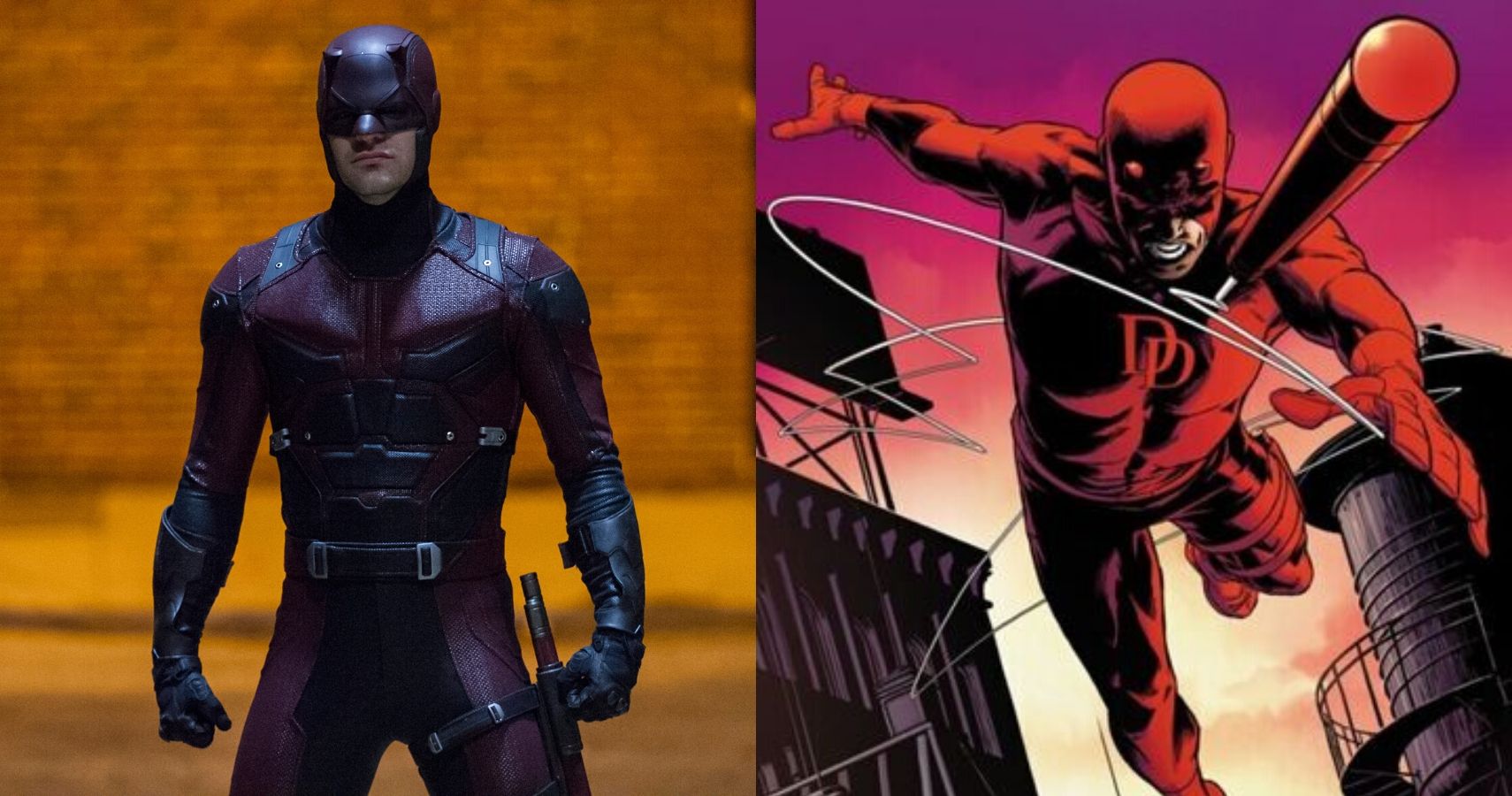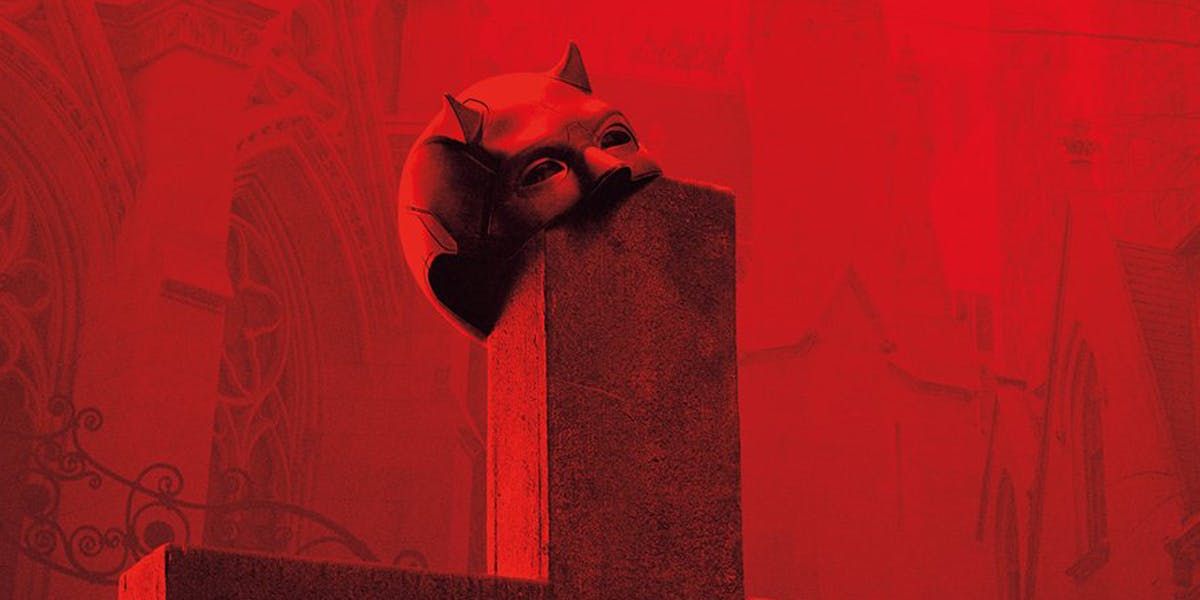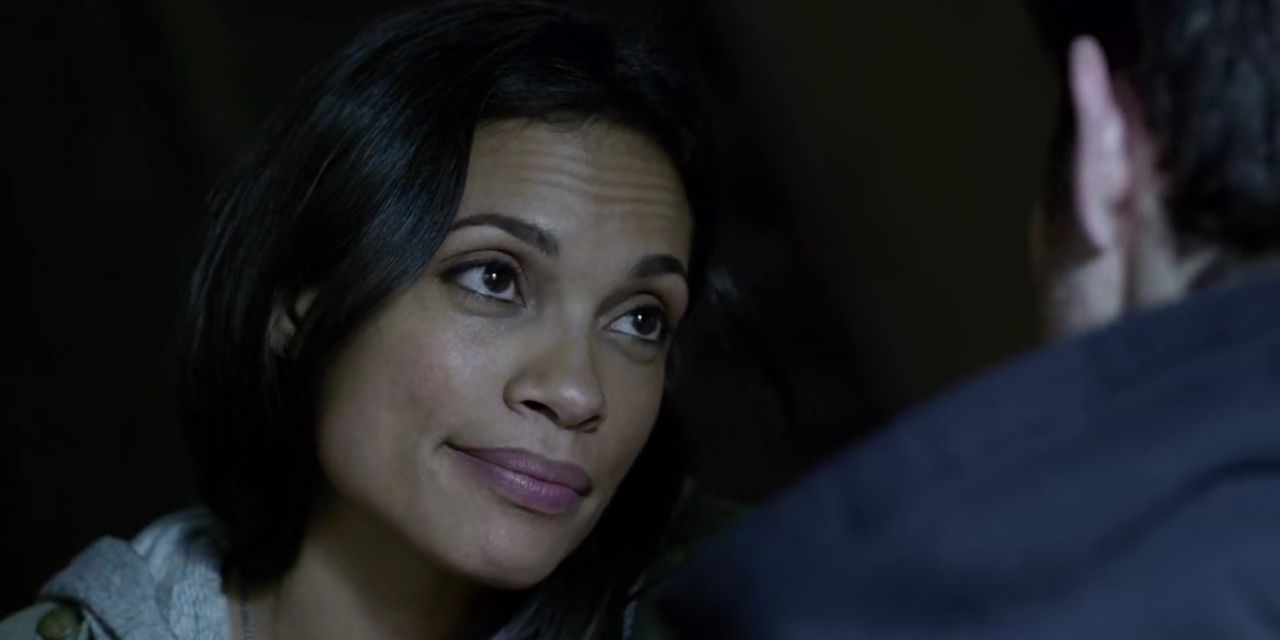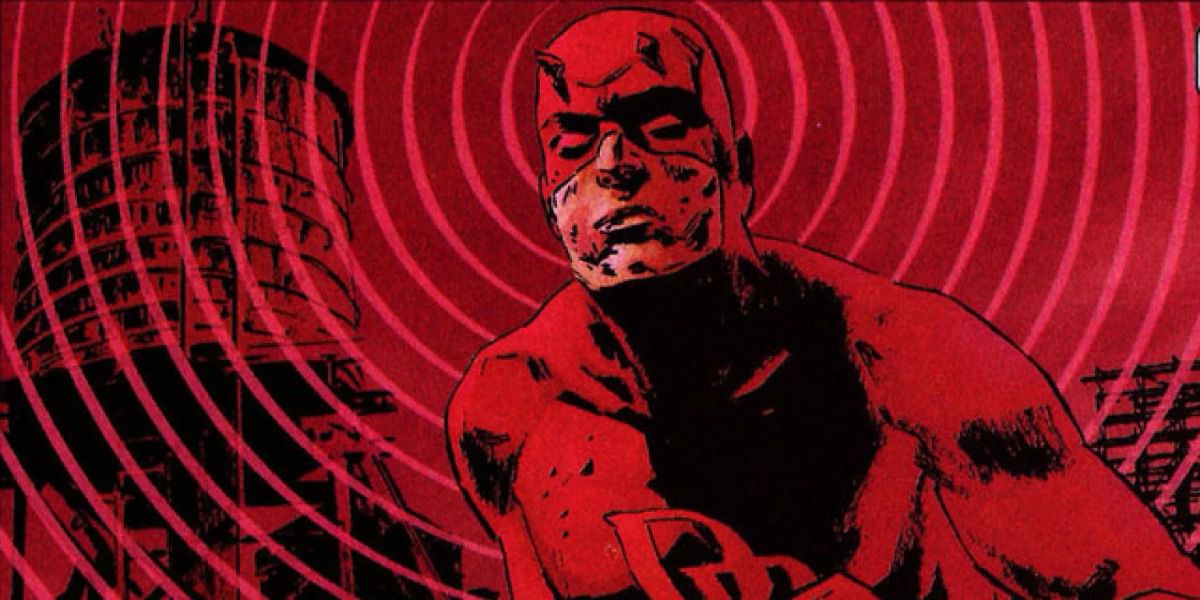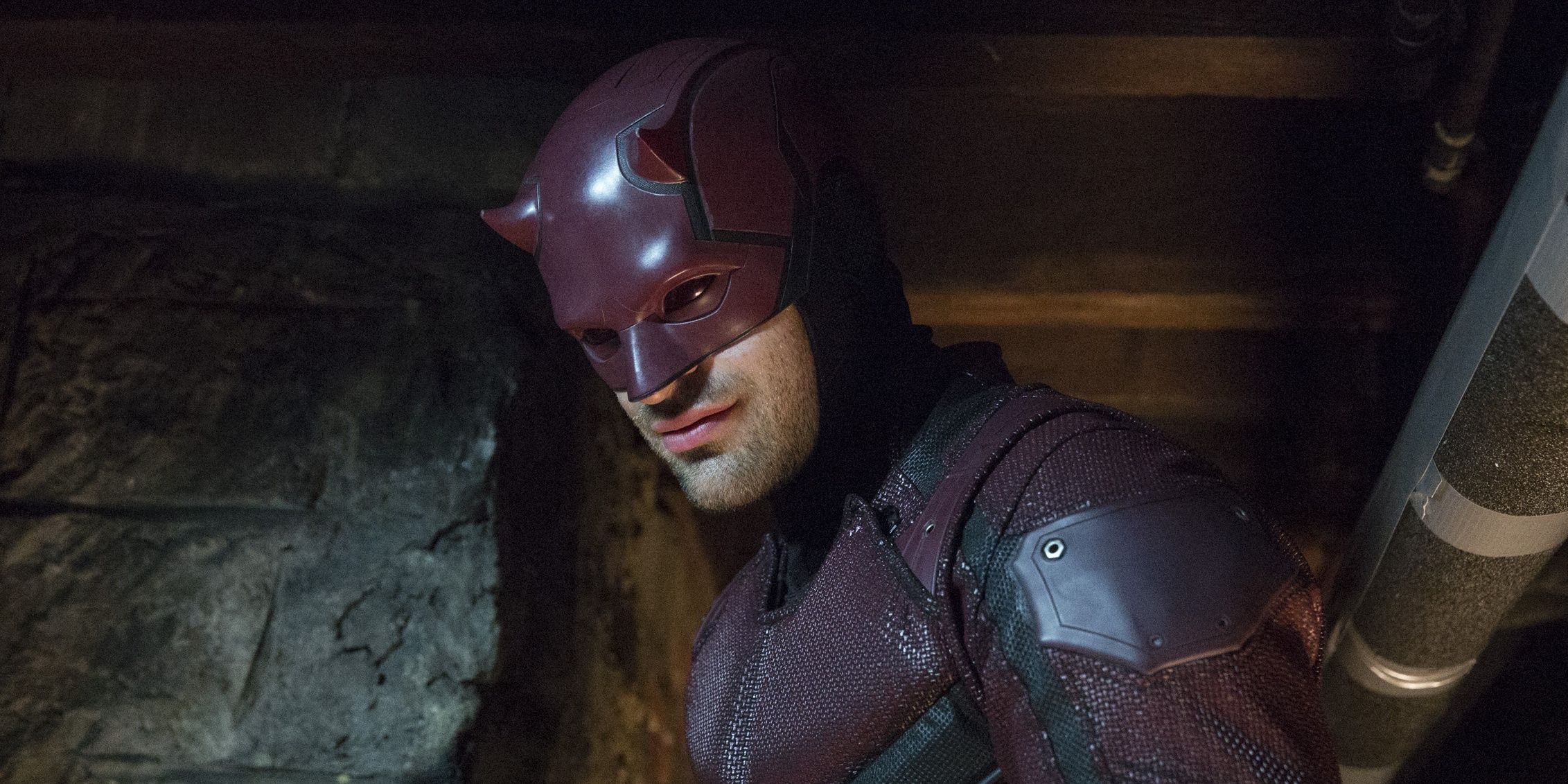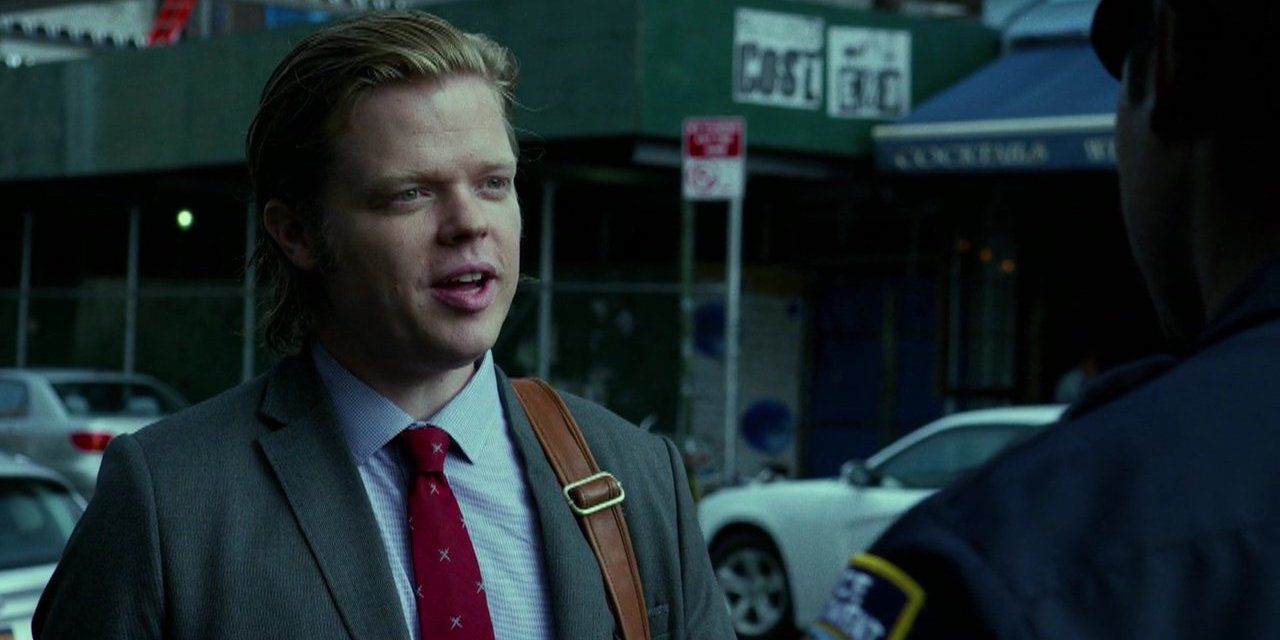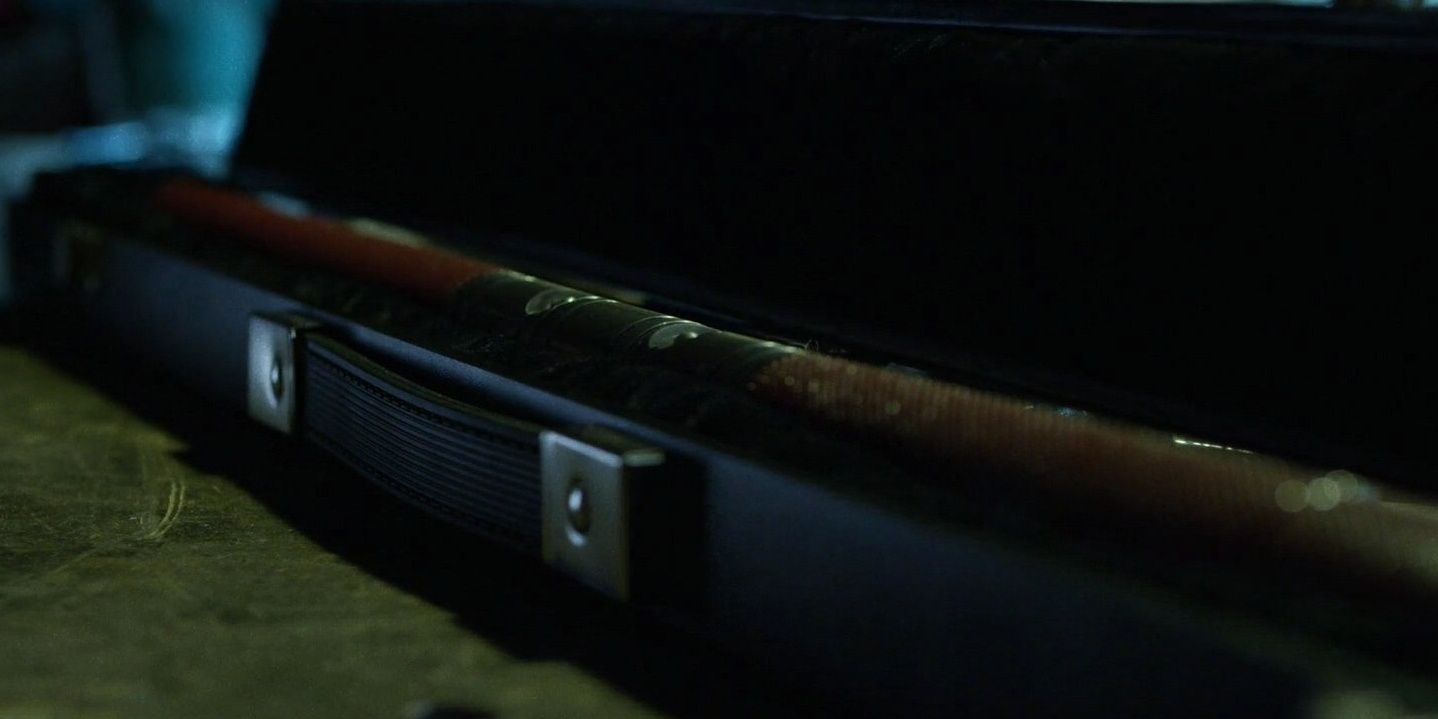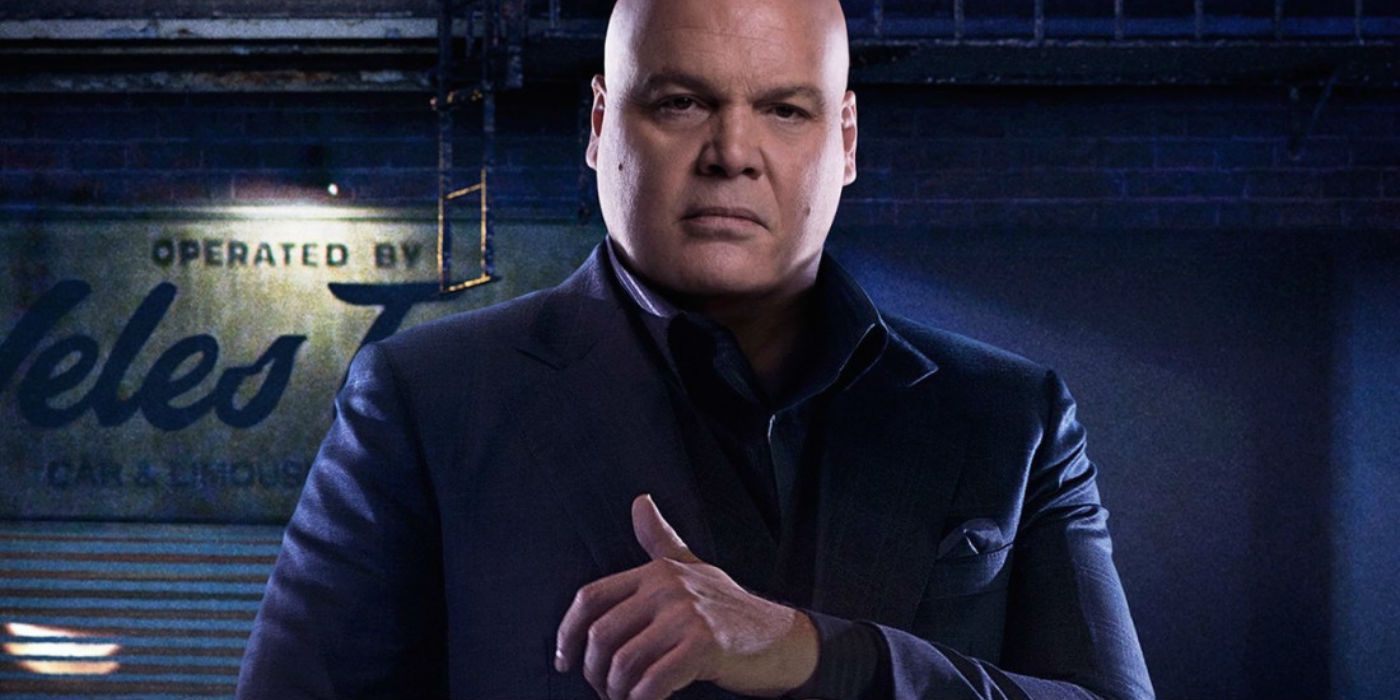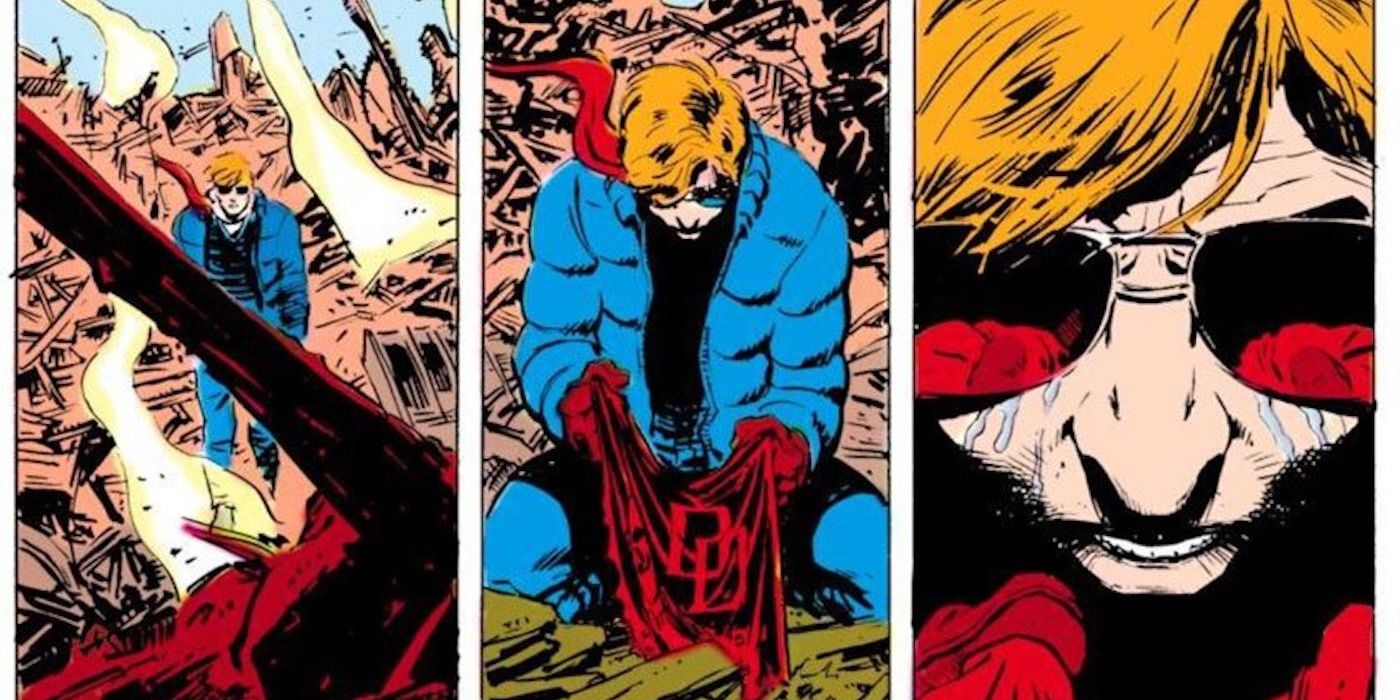Alas, Netflix's Daredevil seems to be over, at least at the current moment. From that show, viewers have been treated with three seasons full of action, dramatic melodrama and the psychology of the Man Without Fear. In many ways, fans can argue that this Daredevil can even be considered definitive. As great as that is, and is a testament to the power of the show, there are still things about the portrayal of Charlie Cox's Daredevil that isn't all comic accurate.
So here are the 5 times Charlie Cox's Daredevil was comic accurate and the 5 times where he wasn't.
10 ACCURATE: Daredevil's Inner Turmoil
As a character, Daredevil had to constantly balance his life between being both a lawyer and a vigilante. This balance has not only caused turmoil in his life mentally, but it also caused strain to his loved ones. This has also made him question whether he should quit being Daredevil from time to time, or if being Daredevil is even worth it.
This is an aspect of the Netflix show that has been portrayed expertly. Both Foggy Nelson and Karen Page have to constantly deal with this throughout the show, to the point that there are moments where they argue with Matt Murdock regarding his "dual life."
9 NOT ACCURATE: Daredevil's Relationship With Claire Temple
Claire Temple was originally a character introduced during the Luke Cage run of comics. Although her backstory as a nurse is correct, she has only been an early love interest to Luke Cage for the most part.
However, in the Netflix show, Claire Temple is introduced first as Daredevil's love in the first season. Daredevil's love during the comics when he first appeared was primarily Karen Page, with Elektra coming later. Those two get their relationships with Daredevil in the show later on, but this is a minor point that isn't accurate nonetheless.
8 ACCURATE: Street Outfit
During Seasons 1 and 3, Daredevil is garbed in black garments to protect his identity. Primarily made in cloth, a black sweater and wraps on his hands, it is almost spot on to the original street garment that is worn during Daredevil: Man Without Fear by Frank Miller and John Romita Jr.
Although it looks slightly different in the comics, the general design of the street outfit as well as it's the general function of being Daredevil's first, is one of the most accurate things the Netflix show has ever done.
7 NOT ACCURATE: How Daredevil "Sees" The World
In the Netflix show, Claire Temple asked Daredevil what he "sees" with all of his sensory abilities. By using all of them, Daredevil is able to paint an approximate view of the world that looks like "a world on fire," which fits very well with Daredevil's view of justice. However, in the comics, the way Daredevil views the world is often done with interpretation.
Especially during the early Marvel days, where Daredevil's echolocation was fairly unrefined. Some depictions have Daredevil viewing the world topographically like in Mark Waid's run of the character. While Frank Miller's run on Daredevil had it almost exactly like echolocation.
6 ACCURATE: Daredevil's Catholic Background
One of the characters defining features is his catholic background. Throughout the characters run in the comics, Daredevil is a series layered with catholic symbolism and having it be a core aspect of the morality of the character.
This is done with a dramatic effect in the show, in the form of Father Paul Lantom. A priest who serves almost as Daredevil's conscience, whether what he is doing is the right thing. Having him serve as a proxy is a brilliant way of showing the deep connection Daredevil has with his own religion just like in the comics.
5 NOT ACCURATE: Daredevil's Red Suit
At the end of Daredevil Season 1, viewers get to see Daredevil's famous red costume for the first time in all of its glory. As good as it actually is, it is sadly not comic book accurate. While far more practical and layered with armor, the actual comic book outfit is done in spandex.
This reasonably makes sense, as it would be unrealistic to have a fairly human character whose only abilities are sensory, to wear an outfit that would actually protect him. But despite that, it doesn't mean it's the same as the comics. Also, he doesn't have his emblem on his chest.
4 ACCURATE: His Relationship With Foggy Nelson
Arguably the most realistic interpretation of a friend keeping a superhero secret identity. To say Foggy Nelson's relationship with the Man Without Fear is dysfunctional is an understatement. Despite his constant worrying for the safety of his best friends in regard to his double life, Foggy Nelson remained a close friend and ally to Daredevil.
RELATED: Daredevil: Matt Murdock's Surprising Five Non-Foggy Nelson Law Partners
This is beat for beat the exact same relationship that is portrayed in the comics. Even including the brief separation the two had in regards to their friendship, only to come back and reconcile afterward. For better or for worse.
3 NOT ACCURATE: Daredevil's Billy Club
Daredevil's billy club is the character's most valuable weapon. For the majority of the characters run in the comics, Daredevil almost always uses this weapon as a means of defense on top of his fighting prowess.
However, in the Netflix show, the weapon is used less so. Especially during the majority of Seasons 1 and 3 where the weapon was either not created yet or it wasn't at his disposal. Also, the billy club had more going for it than just a grapple and a staff form. For example, it contains a microphone and in Fantastic Four #39, can turn his billy club into a makeshift rifle.
2 ACCURATE: Daredevil's Hatred Of The Kingpin
Daredevil versus the Kingpin is one of the most famous arch-enemy pairings in all of comics. For almost four decades, these characters have been duking it out to determine the fate of Hell's Kitchen. Essentially symbolizing their respective yin and yang. This has been shown accurately in a variety of animated cartoons and films.
But not only did the Netflix series succeed in portraying this dynamic in an almost defining level, but it also built it up in a way that hasn't been done in the comics. Making their antagonism not only comic book accurate but arguably strengthened to a level not yet seen before.
1 NOT ACCURATE: Daredevil's Rebirth
Arguably Daredevil's most famous story, Frank Miller's and David Mazzucchelli's "Daredevil: Born Again" is a graphic tale of death and rebirth. Showing Daredevil at his absolute worst while triumphing despite all the odds.
Daredevil's rebirth in the Netflix show takes beats from the comic book. But it strays away from the storyline, not in a way that insults the comic but rather adapts it in a way that makes sense in the context of the show. Although it doesn't follow everything to the letter, perhaps the show's biggest strength is that it didn't have to.

